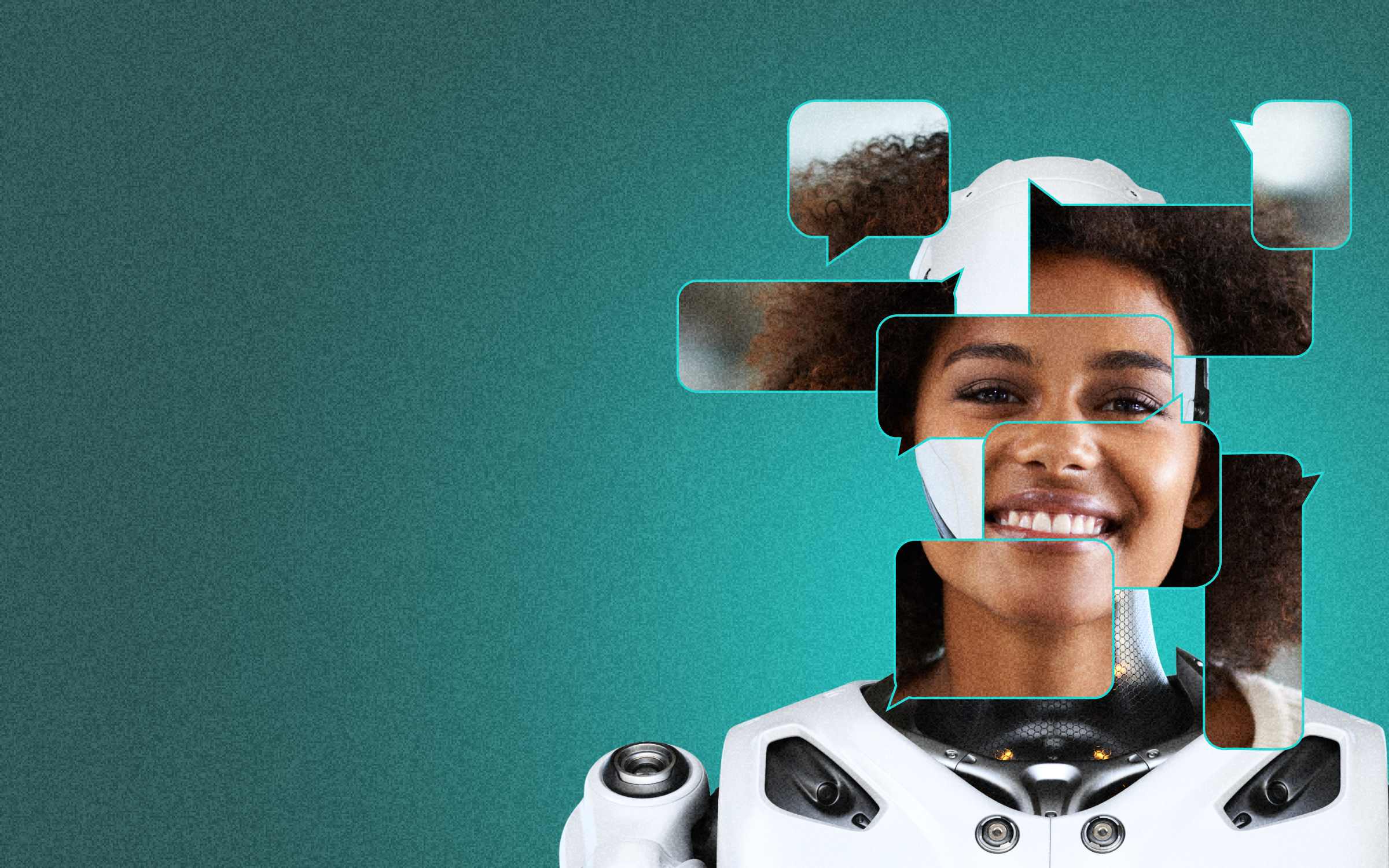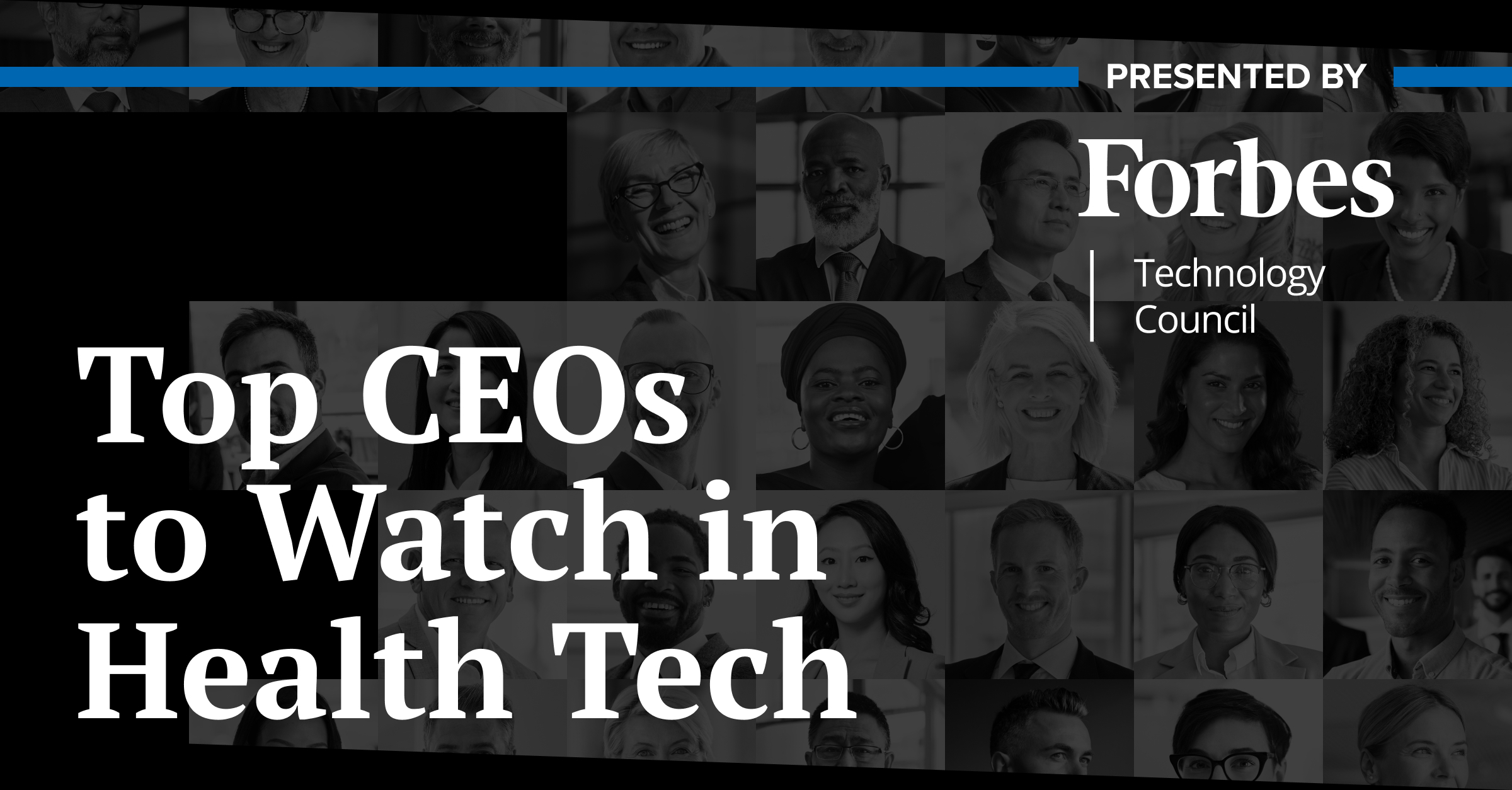In December 2021, Bobby Jefferson embarked on a career transition. After six years as chief technology officer in DAI’s global health division, he started a new role as the company’s global head of diversity, equity, engagement, and inclusion.
While on the surface technology and DEI may seem different, these disciplines often intersect. This is especially true when building more inclusive databases and computer systems that reflect the many identities of a diverse organization. Jefferson utilized his previous experience managing IT systems to enhance his data collection tools and adapt to diverse identities.
For example, look at surveys related to gender identity and sexual orientation. Many older systems, Jefferson says, only offer two options — male and female.
“What we’re doing is, instead of having things hardcoded like they were before, we’re trying to say, ‘Okay, in the future, those shifting demographics, what are the different choices that we should have in the system?’” he explains.
DAI is a nearly 5,000-employee global company that focuses on international development. The company provides consulting and guidance for international lending institutions, private corporations, governments and nonprofits. Jefferson is the company’s first DEI executive.
Another important part of Jefferson’s job: keeping employee data secure. For example, an employee may self-report as a member of the LGBT community. “Having said that, there has to be a way that’s disclosed and kept private because, in some countries, it’s not safe to self-disclose,” Jefferson explains.
Read an edited conversation with Jefferson below for more information on collecting demographic data and the company’s DEI priorities.
Senior Executive Media: It’s challenging to get employee trust when it comes to demographic data. How have you worked to build that trust?
Bobby Jefferson: That trust came from and continues to come from the employees and the staff who have given that trust, and we have to earn it every day… As a company, we have a global ethics program… When we wrote our ethics program, it’s not a check the box exercise like others, where you go online, you do training for us, we do a case study. We actually talk about things that have happened, and they are discussed within the company and across the company, and then the teams as well.
When there are micro questions, when there are conversations that shouldn’t be happening, or when there’s an unsafe or bullying type of environment, we want you to be able to disclose that, as well. And so that’s why I put it into place as part of the ethics piece, being able to capture some of that data and be able to then try to address it… I’ve worked with our chief ethics officer where things were identified and done investigations, while keeping the confidence both of the staff and the employee have actually been through the process.
Senior Executive Media: How is working on DEI issues globally different from a U.S. lens?
Bobby Jefferson: We set up what’s called the Racial and Social Justice Initiative, or RSJI and that was our company’s commitment at the top level, based on a call to action from the grassroots within the organization to say, “How do we weave racial equity, and anti-racism into the principal of our company?” … I was on the steering committee, since the inception of the RSJI more than two years ago. We had executives from the board, our board member Maria Otero, as part of that steering committee… We made sure to have corporate senior global buy-in at the top level.
[To find out] who we are, what we look like as an organization, we did a survey. We also looked at not just the survey of the US, but the UK and Nigeria, the racial and social justice or DEI survey across all of our corporate.
The U.S. Census demographic doesn’t hold up when you’re trying to ask for people to self-identify, like in the U.K. or if you’re in the MENA [Middle East and North Africa] region, as well… One of the recommendations [that came from the surveys] was formally establishing a diversity and inclusion department, which I now lead.
Senior Executive Media: What are your priorities now?
Bobby Jefferson: So first, I have a vision. I call it the DEI vision 2030. We have a snapshot of where we are. What do we look like in the future?
A lot of diversity folks are doing metrics and data and progress, and they’re measuring, but they’re measuring progress to what goals? To try to achieve what? What does it look like? That’s what I’m putting together is what, how do we look in 2030? And part of that is there’s this concept that…we have four generations of staff or employees. And I think most companies as well, either in the U.S. or the U.K.
You have like the baby boomers, and they tend to be at the senior-most levels of the executives. You’ve got the millennials, you’ve got Gen X, and then you’ve got now the Gen Z, or I call it the Tiktok generation. Gen Z folks, who are born in 1997, they’re just starting to join the workforce. And why that’s important is because if you look at your organization’s demographic, the leadership and the power, and the structure is really with the boomers and millennials. My generation are the senior executives or leadership. But as time progresses five to 10 years from now, to answer your question, the millennials, the Gen Z, will begin to rise up through the organization. They’ll get promoted, become managers or senior leaders of the future.
What they are asking and what they are looking for in a company today is different from what previous generations were asking for. I’m involved in recruitment just like many others, having diversity in the lens of recruitment…. Diversity, equity inclusion is part of the recruitment panel, making sure that that real change. So I get to hear and see, what was this current generation looking for. The types of questions they’re asking are amazing. In the olden days, it was “We’re happy to work hard, do our work, just concentrate on the technical or business side…”
The current generation is asking different questions. Now, they’re asking an organization, “How diverse is your organization? What’s your cultural leadership like? How do I get involved in anti-racism and social activities?”
That Tiktok, Gen Z generation, they’re asking to be much more engaged in the company’s culture than ever before. For me, how to address what the digital generation will look like in the future, and the types of things that the company culture should represent in terms of diversity, equity and inclusion is hugely important.






